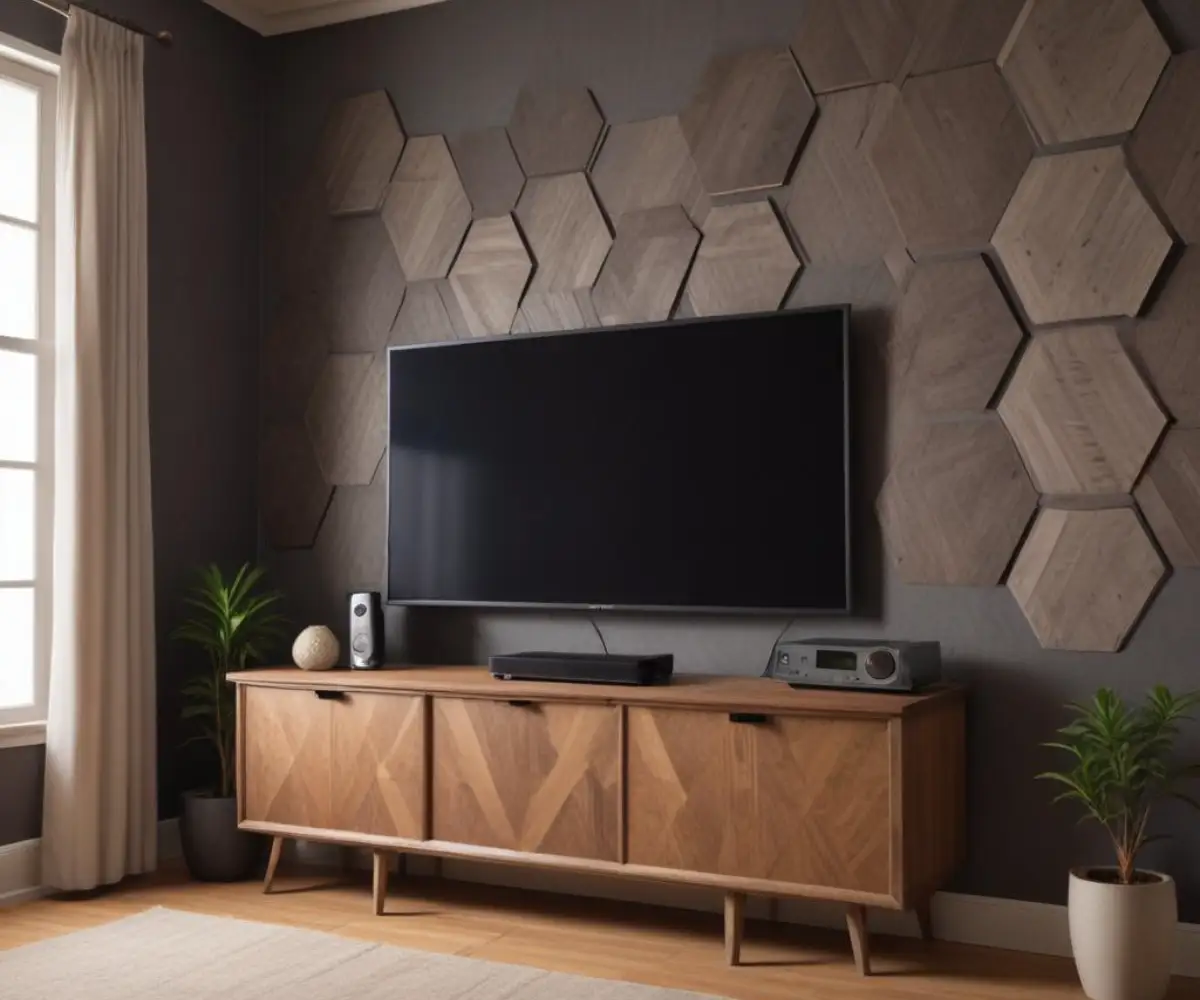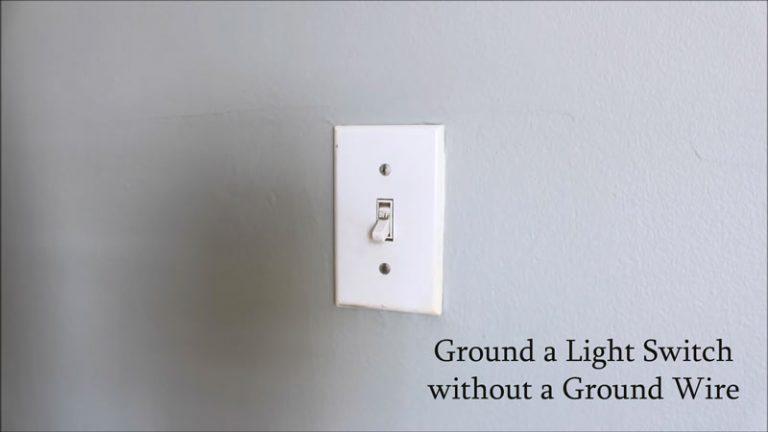Stop TV Noise From Annoying Everyone: Your Ultimate Guide
Is your television’s sound causing disruptions in your home? Whether it’s late-night movie sessions disturbing family members or the bass vibrating through the walls and bothering neighbors, runaway TV noise is a common household problem. You’re not just imagining it; the sound waves from your TV, especially low-frequency bass sounds, can easily travel through walls, floors, and ceilings.
The good news is that you don’t have to live with the constant noise complaints or sacrifice your audio experience. With a combination of strategic adjustments and targeted soundproofing techniques, you can effectively muffle TV noise, keeping the peace while still enjoying your favorite shows and movies. This comprehensive guide will walk you through everything from simple, free adjustments to more involved, permanent solutions.
You'll Learn About
Understanding the Problem: Why Is Your TV So Loud?
Before diving into solutions, it’s crucial to understand why TV noise travels so effectively. Sound moves in waves and vibrations. Hard surfaces like drywall, hardwood floors, and even windows reflect these waves, causing them to bounce around a room and amplify. Low-frequency sounds, like the rumble of an explosion in an action movie, are particularly problematic as they have longer wavelengths that can easily penetrate solid structures.
Modern flat-screen TVs often have speakers located on the back or bottom, which can direct sound straight into the wall or the TV stand, creating vibrations that travel throughout the building’s structure. If your TV is mounted directly on a shared wall, the problem is magnified, as the wall itself becomes a giant speaker. Identifying the source and path of the sound is the first step toward effective noise reduction.
Common Causes of Excessive TV Noise
Several factors contribute to how much noise your TV produces and how far it travels. The design of your room, the materials it’s made from, and the placement of your television all play a significant role. Here are some of the most common culprits:
- Hard Surfaces: Rooms with hardwood floors, bare walls, and large windows lack soft surfaces to absorb sound, leading to echo and reverberation.
- Poor TV Placement: Placing a TV in a corner or directly against a thin wall can amplify bass frequencies and increase sound transmission to adjacent rooms.
- Wall Mounting: Attaching a TV or speakers directly to a wall, especially a shared one, transfers vibrations directly into the building’s frame, making the noise audible elsewhere.
- Speaker Quality and Settings: Built-in TV speakers are often of lower quality and may require you to turn up the volume to hear dialogue clearly, which in turn boosts all other sounds. Incorrect audio settings, like having the bass turned up too high, can also be a major issue.
Immediate and Low-Cost Solutions to Muffle TV Noise
You don’t necessarily need a complete room renovation to start tackling TV noise. Several effective strategies are either free or very affordable and can be implemented right away. These initial steps focus on optimizing your current setup and making smart, simple changes to your environment.
1. Adjust Your TV’s Audio Settings
Your TV’s menu has powerful tools for controlling sound. Before you spend any money, explore the audio settings. Lowering the bass and treble can make a significant difference, as these are often the frequencies that travel the furthest. Many modern TVs also have a “Night Mode” or “Dynamic Range Compression” feature, which balances the audio by making loud sounds quieter and quiet dialogue clearer, reducing the need to constantly adjust the volume.
2. Strategic Relocation and Repositioning
Where your TV is located matters. If possible, move your television away from shared walls. Even pulling it a few inches from the wall can reduce direct sound transmission. Avoid placing your TV in corners, as this can create a “horn effect” that amplifies bass. If you have external speakers, ensure they are also positioned away from walls and, if possible, placed on stands with vibration-absorbing pads.
3. Leverage Your Existing Furniture
Your furniture can be your first line of defense against stray sound waves. Large, soft pieces like upholstered sofas, armchairs, and ottomans are excellent at absorbing sound. Placing a thick rug or carpet on the floor can dramatically reduce sound reflection, especially on hardwood or tile floors. Even a large, full bookcase placed against a shared wall can help to add mass and diffuse sound, preventing it from easily passing through.
Intermediate Sound-Absorbing Solutions
If the basic adjustments aren’t enough, the next level of solutions involves adding materials specifically designed to absorb or block sound. These options offer a more targeted approach and can be highly effective without requiring major construction. Many of these solutions also offer aesthetic benefits, enhancing the look of your room.

1. Acoustic Panels and Foam
Acoustic panels are one of the most effective ways to treat a room’s acoustics. These panels are made from sound-absorbing materials like foam or dense fiberglass and are designed to be mounted on walls. Placing them on the wall behind your TV and at first-reflection points (the spots on side walls where sound from the speakers would bounce directly to your ears) can absorb a significant amount of sound, reducing echo and preventing it from leaving the room. For a quick DIY solution, you could even explore how to fix a dip in a bathtub, as some of the sealing principles might inspire creative soundproofing ideas.
While often marketed for soundproofing, it’s important to know that standard acoustic foam is primarily for sound absorption within a room (reducing echo), not for blocking sound from passing through a wall. For blocking sound, you need materials with more mass.
2. Soundproof Curtains and Blankets
Windows are a weak point for sound leakage. Soundproof curtains are much heavier and denser than standard drapes and are designed to absorb sound waves and block outside noise. Hanging these over windows can make a noticeable difference. In a pinch, even heavy moving blankets hung on a wall can serve as a temporary and cost-effective sound-absorbing barrier. This might be a useful trick if you’re dealing with temporary messes, much like needing to know how to get purple shampoo stains out of shower; sometimes a simple barrier is the best immediate solution.
3. Sealing Gaps and Cracks
Sound is like water; it will find the smallest opening to leak through. Inspect the room for any gaps around doors, windows, and electrical outlets on shared walls. Use acoustic caulk to seal these gaps. For the space under a door, a simple door sweep can be surprisingly effective at blocking noise from escaping into a hallway.
| Solution Type | Examples | Effectiveness | Cost |
|---|---|---|---|
| Absorption | Acoustic Panels, Thick Rugs, Upholstered Furniture, Soundproof Curtains | Reduces echo and reverberation within the room. | Low to High |
| Blocking/Dampening | Mass Loaded Vinyl, Additional Drywall, Acoustic Caulk, Solid Core Door | Prevents sound from traveling through walls and structures. | Moderate to High |
| Isolation/Decoupling | Resilient Channels, Isolation Clips, Floating Floor/Wall | Separates structures to stop vibration transfer. | High |
Advanced Soundproofing for Maximum Noise Reduction
For those who are serious about creating a sound-isolated entertainment space or who live in close quarters like apartments and townhouses, more advanced and permanent solutions may be necessary. These methods involve adding mass and decoupling structures to physically stop sound and vibrations from passing through.
1. Adding Mass to Walls with Mass Loaded Vinyl (MLV)
One of the core principles of soundproofing is adding mass. Mass Loaded Vinyl (MLV) is a dense, heavy, yet flexible material that is excellent at blocking sound. It can be installed directly onto wall studs before drywall is put up. For existing walls, it can be applied between layers of drywall. It’s a highly effective, though labor-intensive, solution for significantly reducing noise transmission.
2. Decoupling Walls with Resilient Channels or Clips
Vibrations are a primary way that sound travels through structures. Decoupling is the process of mechanically separating the two sides of a wall so that vibrations can’t easily pass from one to the other. This can be achieved by installing resilient channels (metal strips that “float” the drywall off the studs) or sound isolation clips. This method is highly effective, especially for low-frequency bass sounds from home theater systems. The concept of creating a separate, reinforced structure might even bring to mind questions like, should you fill PVC pipe with concrete, as both involve adding density for structural purposes.
3. Upgrading to a Solid Core Door
Most interior doors are hollow, offering very little resistance to sound. Replacing a hollow core door with a solid core door can dramatically reduce the amount of noise that leaks out of the room. When combined with weatherstripping and a good door sweep, it can create an effective sound seal.
Alternative Listening Options for Ultimate Quiet
Sometimes, the simplest solution is to contain the sound at its source. If you live with light sleepers or in an apartment with thin walls, embracing personal audio can be the most considerate and effective option, especially for late-night viewing.
Wireless Headphones
Modern wireless headphones offer incredible sound quality without disturbing anyone else. Many smart TVs come with built-in Bluetooth, making it easy to connect a pair of headphones. For TVs without Bluetooth, you can purchase an inexpensive Bluetooth transmitter that plugs into the TV’s audio output. This allows the viewer to enjoy immersive, high-volume sound at any hour without a single sound wave escaping into the room.
Soundbars with Dialogue Enhancement
If the main reason for high volume is difficulty hearing dialogue, consider a soundbar with a speech enhancement feature. These devices use technology to isolate and boost vocal frequencies, making them clearer and more distinct from background noise and music. This allows you to listen at a lower overall volume while still catching every word.
By implementing a combination of these strategies, you can find the right balance between enjoying your television and maintaining a peaceful home environment for everyone. Start with the simplest, no-cost adjustments and progressively work your way toward more advanced solutions if needed. A quieter home is well within your reach.


